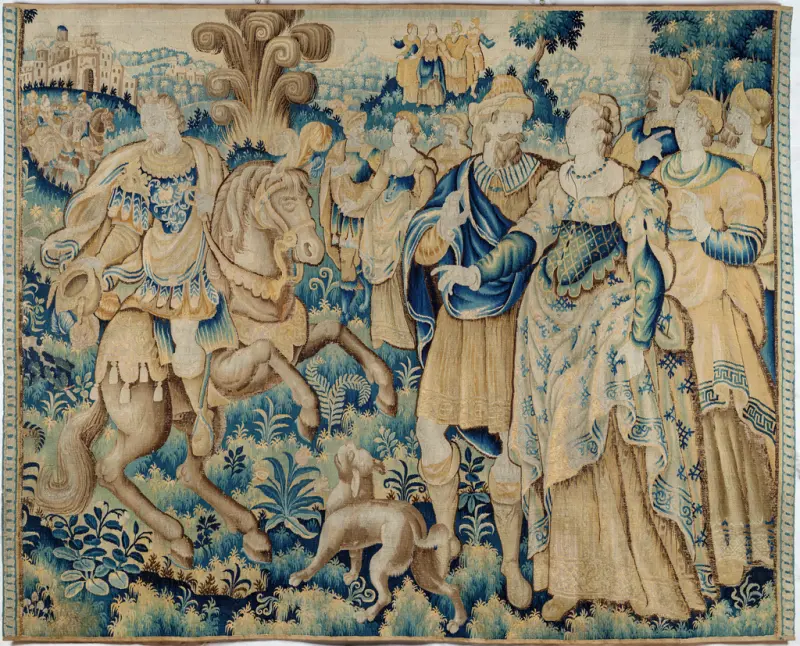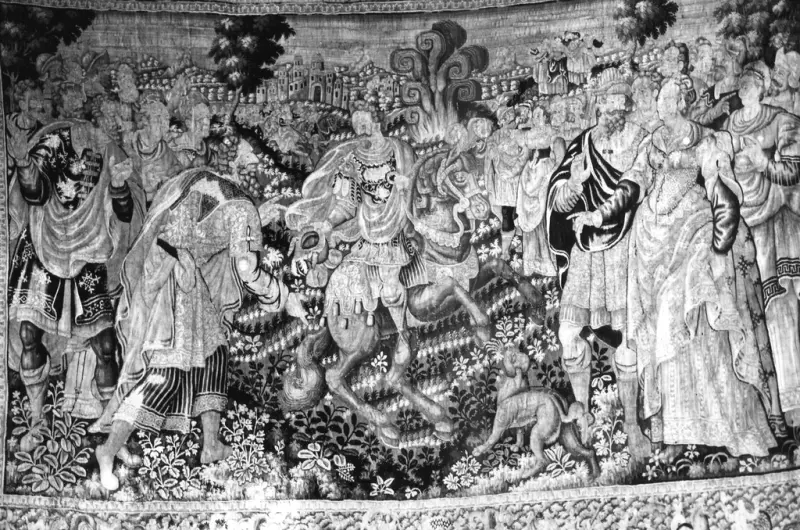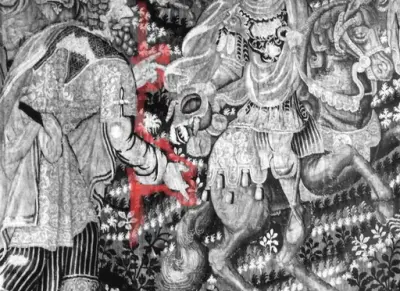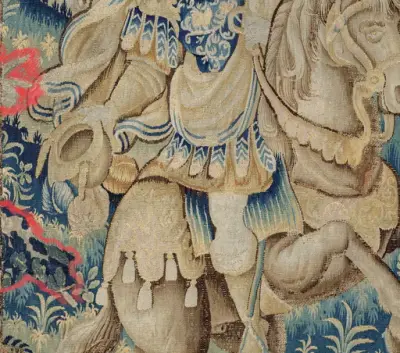The Story of Judas Maccabeus (died 161/160 BCE):
Judas Maccabeus was a Jewish guerrilla leader who defended his country against invasion from the Seleucid (Syria) king Antiochus IV Ephiphanes, preventing the imposition of Hellenism upon Judea and preserving the Jewish religion.
Judas took over the rebel leadership after his father’s death and proved to be a military genius, overthrowing four Seleucid armies in quick succession and restoring the Temple of Jerusalem. This deed is celebrated in the Jewish festival of lights, Ḥanukka. On Antiochus’ death in 164 BCE, the Seleucids offered the Jews freedom of worship, but Judas continued the war, hoping to free his nation politically as well as religiously.
The Books of Maccabees were included in the ‘’Apocrypha’’ additions to the ancient Greek Bible translations that were in use among ancient Egyptian Jews, but which were ultimately excluded from the official Hebrew canon.
It was included in the Latin Catholic Vulgate Bible.
The Apocrypha were still in widespread circulation amongst Christians and it was included by Luther in his translation of the Bible, though relocated to after the Old Testament.
The story was still popular and widespread amongst Christians beyond the 16th and 17th century, a well known example of inspiration from the story is Handel's oratorio Judas Maccabaeus (HWV 63) composed in 1746.
I am indebted to Dr. Ingrid De Meûter for sharing her invaluable knowledge and support with pictures, publications and leading me in the right direction.
Ingrid De Meûter, 1999 exhibition catalogue on the production of Oudenaarde.
The old photograph of the tapestry in Burgos by Photo Club Burgos, nr 2622.
Britannica https://www.britannica.com/biography/Judas-Maccabeus
Floyd C. Medford,’’The Apocrypha in the Sixteenth Century: A Summary and Survey’’ Historical Magazine of the Protestant Episcopal Church 1983.




